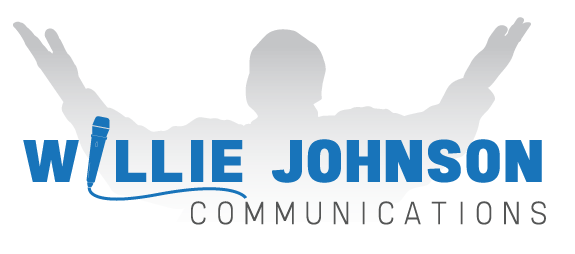Having the ability to recognize and understand different behavioral styles is a valuable skill that can significantly enhance communication, cooperation, and effectiveness in any setting. Whether in personal relationships or professional environments, this understanding helps build stronger, more harmonious connections.
There are four basic behavioral styles, and none is inherently better or worse than the others. Each person has a dominant style that influences their actions, reactions, and interactions. While these styles have their unique strengths and weaknesses, they can sometimes clash with one another, making it easier to connect with those who share your style. However, these differing patterns can also complement each other, providing a distinct advantage when working with a diverse group.
To foster effective working relationships, it’s beneficial to understand and adapt to the behavioral styles of those around you. For leaders, grasping these styles and how they impact communication, motivation, and collaboration is key to enhancing teamwork, productivity, and overall workplace positivity.
Recognizing and valuing other people’s behavioral styles enables leaders and team members to modify their approaches for better interaction, even with individuals they might have previously found challenging. By viewing these differences as assets rather than sources of conflict, teams can leverage diverse strengths to achieve common goals. This approach not only builds mutual respect but also boosts overall team performance.
So, how can you learn more about this? One effective tool is the DISC program.
What is DISC?
DISC is a behavioral style analysis based on Dr. William Marston’s work, The Emotions of Normal People, published in 1928. Marston, who also invented the lie detector, created a model that helps enhance interpersonal communication and business relationships by providing a structured way to understand and adapt to different behavioral styles.
DISC stands for the four basic behavioral styles:
- D (Dominance) — how you handle problems
- I (Influence) — how you deal with people
- S (Steadiness) — how you pace yourself
- C (Compliance) — how you follow rules and procedures
DISC focuses on observable behavior — what you say and do — rather than delving into your inner personality, motives, values, skills, or experience.
Using DISC can help you:
- Communicate more effectively
- Improve collaboration and reduce conflict
- Build high-functioning teams
- Become a more effective leader
- Increase sales and service success
By adopting the DISC framework, you can create an environment where team members work together more effectively, despite their differences. Understanding and applying DISC principles promotes better communication, enhances team synergy, and navigates interpersonal dynamics smoothly. This leads to a more cohesive and productive work environment where diverse behavioral styles are acknowledged and harnessed as strengths.
Implementing DISC in your workplace can be transformative. It helps both leaders and team members appreciate each person’s unique contributions, fostering an environment where differences are viewed as assets. Integrating DISC into your team’s development can enhance cooperation, boost morale, and drive collective success.
